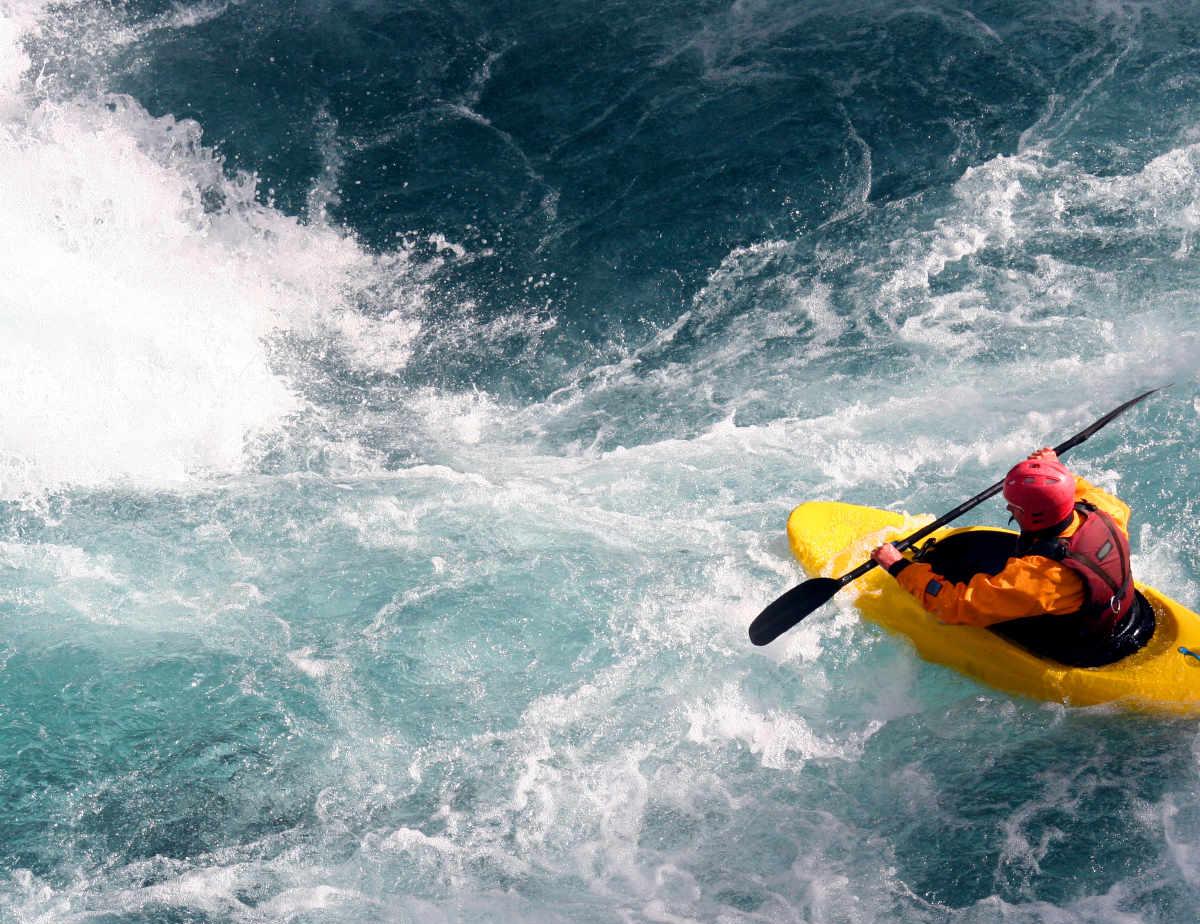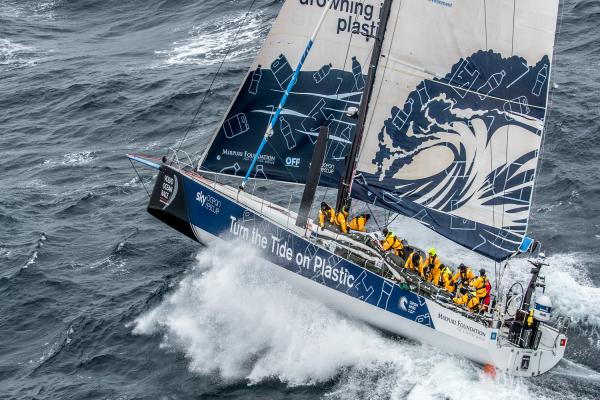Canoe-Kayak White Water

Whitewater canoeing is the sport of paddling a canoe on a moving body of water, typically a whitewater river. Whitewater canoeing can range from simple, carefree gently moving water, to demanding, dangerous whitewater. River rapids are graded like ski runs according to the difficulty, danger or severity of the rapid. Whitewater grades (or classes) range from I or 1 (the easiest) to VI or 6 (the most difficult/dangerous). Grade/Class I can be described as slightly moving water with ripples. Grade/Class VI can be described as severe or almost unrunnable whitewater, such as Niagara Falls. Design Modern whitewater canoe The canoe (or just 'boat') used in casual whitewater canoeing is different from those used in whitewater racing. Traditionally, canoes were made of tree bark, sewn with tree roots and sealed with resin. Early whitewater boats were made of wood followed by aluminium and later fiberglass or kevlar, followed by more exotic composite materials including spectra, vectran and carbon fiber. The various composite materials are still preferred for racing due to the lightweight, but most modern recreational whitewater boats are typically rotomoulded from a tough plastic or molded from a plastic laminate called Royalex which is an ABS plastic that is slightly flexible and very durable, is easily scratched but repairable using either plastic welding or a variety of patch bonding techniques. Boats can range in size from barely long enough to hold the paddler (around 6 ft (1.8 m) long), up to 12 ft (3.7 m) or longer for solo boats and typically 14–16 ft for tandem boats. History Paddling on rivers, lakes and oceans is as old as the Stone Age. The raft, the catamaran, the canoe and the kayak evolved depending on the needs and environment of the indigenous peoples in different parts of the world. The modern day canoe most likely originated about 8,000 years ago. The Greek, Herodotus, 484-425 BC, wrote in his travel diaries about boats with which merchandise was brought from Armenia to Babylon. The boats were made of a wooden framework that was covered with animal skins. Mules hauled the precious skins back to Armenia. The Scot, John MacGregor published in 1866 the book A Thousand Miles in the Roy Rob Canoe. The timing was right and the book became a resounding success. With the Industrial Revolution leading to more leisure time in the middle of the 19th century, people in Europe started to enjoy floating down rivers in all kinds of contraptions taking in nature previously only available to a selected few.














